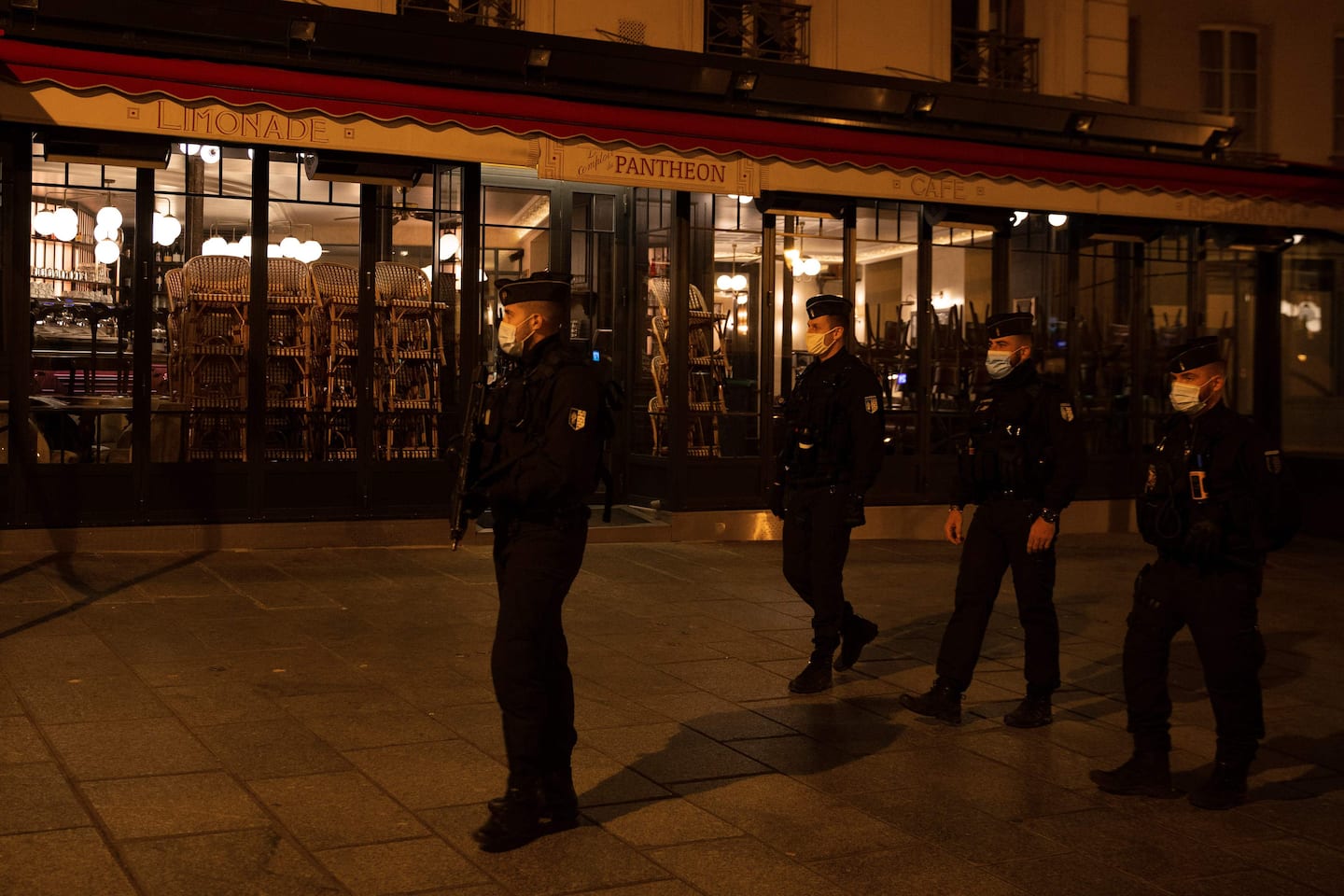Coronavirus surge tests U.S. and European resolve

In Europe, new restrictions and shutdowns are coming into place. Last week, the continent overtook the United States in cases per capita. Public health officials warned of an accelerating and possibly “exponential” rise in infections, with confirmed cases in the 53 European nations, as categorized by the World Health Organization, climbing from 6 million to 7 million in just ten days.
Without effective countermeasures, the WHO warned, daily coronavirus-related deaths in Europe could rise to five times their April peak. The dramatic resurgence of the virus across the continent punctured whatever illusions Europeans had that they had weathered the worst of the pandemic. Countries like Spain and Italy, which welcomed back holiday goers over the summer, are again among the front-runners in overall cases.
“Europe clamped down hard on the pandemic this spring, and the payoff was a summer that was more normal than many people had expected,” wrote my colleague Michael Birnbaum. “But by the end of August, infections were again on the rise, with more cases concentrated among younger people — who perhaps considered the virus a more remote threat. Now it is spreading to their parents and grandparents, and medical systems are beginning to feel the strain.”
Increased overall testing partially explains the spike, but experts also fear a steady uptick in deaths and hospitalizations. “The most worrying thing is that the number of cases is rising very quickly among the elderly, which will quickly result in many new patients arriving in hospitals,” French Prime Minister Jean Castex said Thursday. France imposed curfews on Paris and eight other major cities over the weekend.
East Asia is not experiencing a similarly brutal wave of infections, a sign that the efficiency and enduring vigilance of the response in countries like Vietnam, South Korea and Taiwan continue to set the standard for how to control the virus. The situation in Europe, though, further complicates the picture: Mask-wearing is perhaps more widespread in Spain than any other European country, but it still suffers one of the worst outbreaks on the continent.
Nor does it seem that any society has achieved anything close to herd immunity. “One of the hopes in some quarters had been that herd immunity could provide some protection, with places hard-hit in the spring sheltered from the worst of any resurgence in the virus due to increased antibody levels,” noted the Financial Times. “Unfortunately, that has proved not to be the case so far, with many of the centers of the outbreak in the spring also suffering the worst in the autumn, both at the country and subnational region level.”
The virus is spreading within countries to areas largely unscathed earlier this year, be it in the upper Midwest and northern plains of the United States or the southern Italian region of Campania, where daily detected cases are now five times higher than a peak in March, according to my colleagues. Authorities there shuttered schools in a bid to rein in the spike and stave off the disastrous overcrowding of hospitals that crippled parts of northern Italy in the spring.
“Are we dramatizing it?” the region’s governor, Vincenzo De Luca, wrote on his official Facebook page. “No, simply doing a calculation that will prevent us from a crushing situation in our hospitals.”
In some European countries, national leaders have found themselves at odds with regional officials over the scale and severity of lockdowns. Andy Burnham, the mayor of the northern English city of Manchester, clashed with the central government over whether to increase the severity of restrictions on movement and businesses in his city. Across Britain, a patchwork of differing gradations of lockdowns has stoked confusion and anger.
German Chancellor Angela Merkel is facing resistance from her country’s federal states in imposing fresh, sweeping restrictions. She appealed to citizens to refrain from travel and socializing in big groups. “The comparatively relaxed summer is over. Now we are facing difficult months,” Merkel said in her weekly podcast. “How winter will be, how our Christmas will be, will be decided in the coming days and weeks. We all decide that through our actions.”
But that may be an even tougher pill to swallow than it was half a year ago. “Citizens have made huge sacrifices,” said Hans Kluge, the WHO’s regional director for Europe, last week. “It has come at an extraordinary cost, which has exhausted all of us, regardless of where we live, or what we do.”
The sense of exhaustion spans the globe. “During the first lockdown, we saw so many people who were focused on tackling this pandemic as a united community,” Brig. Gen. Sigal Bar-Tzvi, commander of community policing for the Israel Police, to my colleagues. “This time around though, people are worrying more about themselves and their own needs. There is a lot less community spirit.”
“In the spring, it was fear and a sense of, ‘We are all in it together,’ ” Vaile Wright, a psychologist at the American Psychological Association, told the New York Times. “Things are different now. Fear has really been replaced with fatigue.”
Read more:






